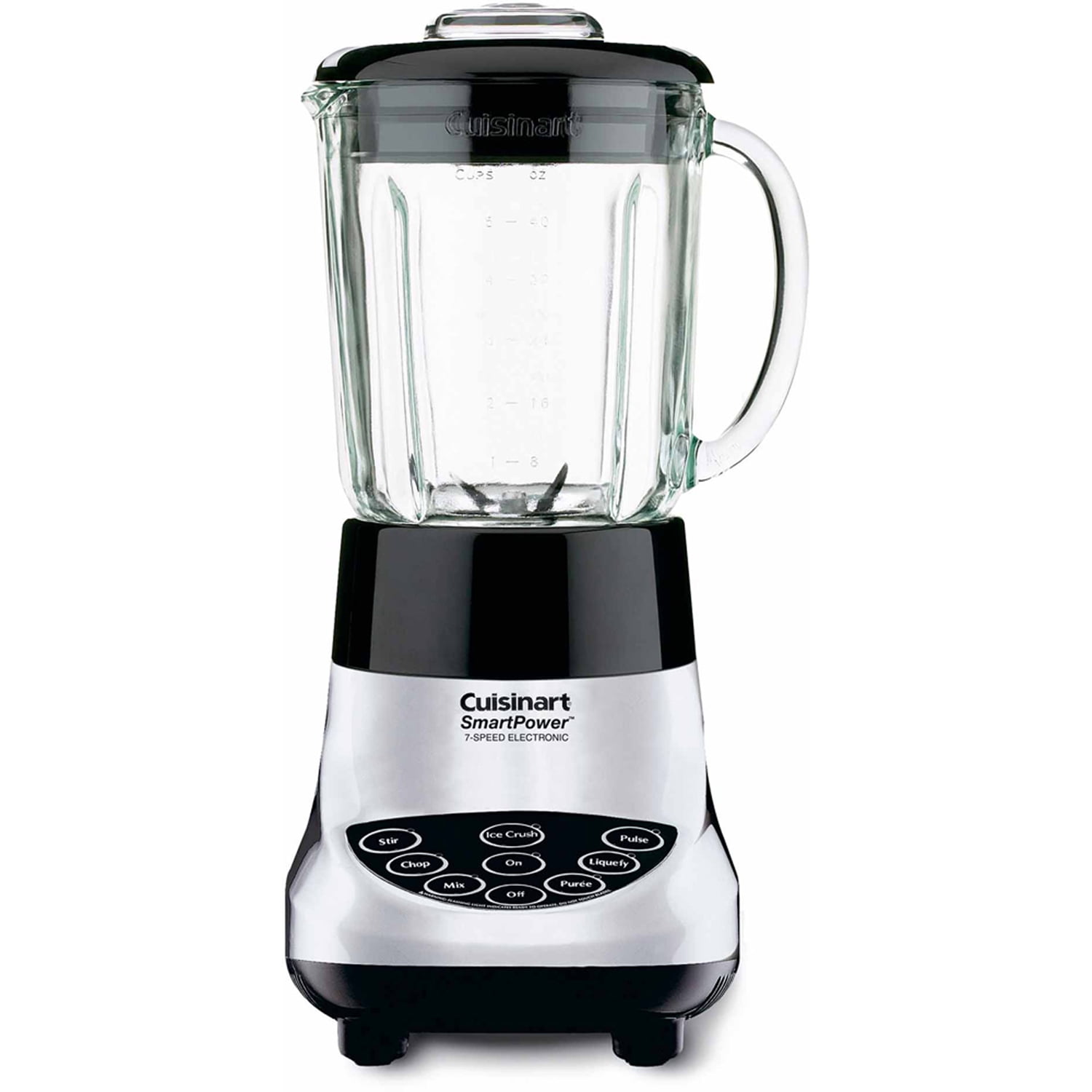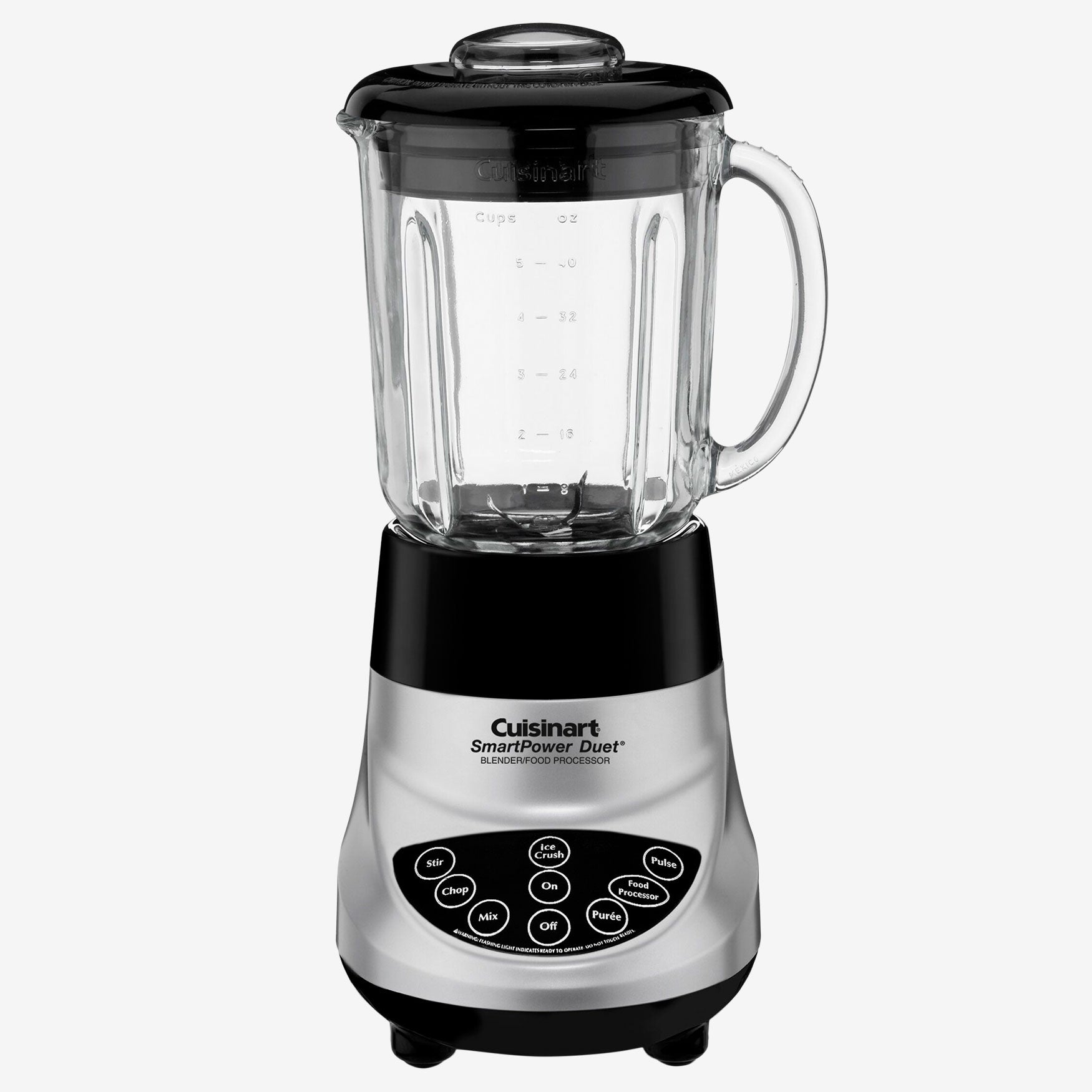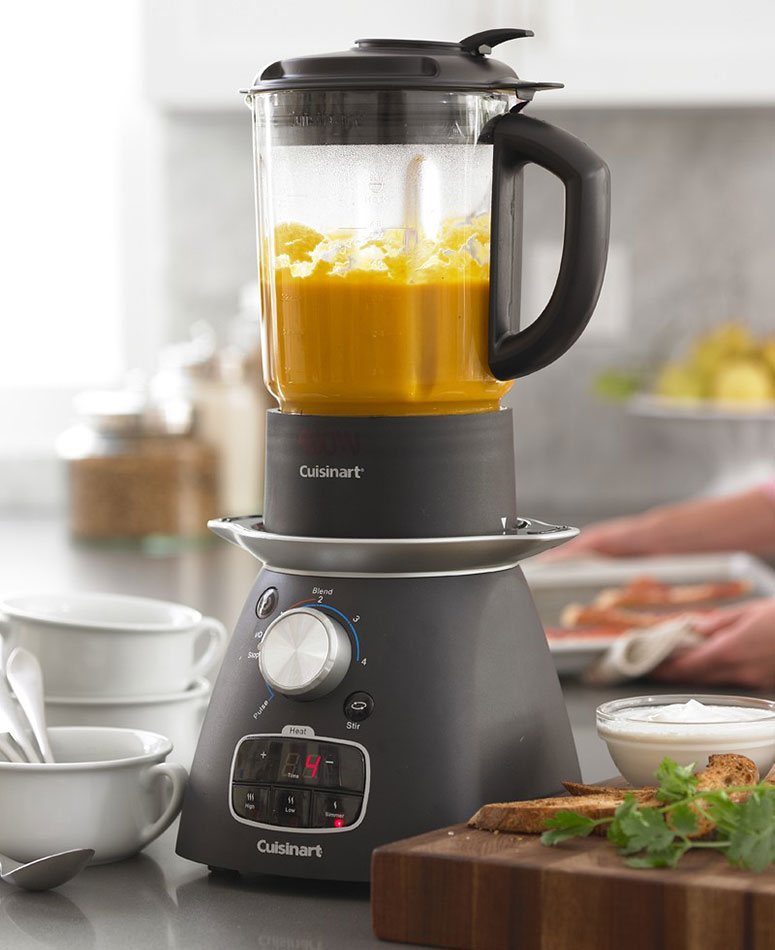
If your Cuisinart blender is completely dead when you press the power buttons, there are a few likely culprits to check:
Unplugged or Loose Cord – Make sure the blender is securely plugged into a functioning wall outlet. Try unplugging it and reinserting the plug to ensure it is snug. Test the outlet with another device to confirm power is running properly.
Power Button – Check for any debris or sticky substance on the power button that could prevent pressing it properly. Clean the button area thoroughly. Also try pressing the button from different angles with added firmness.
Fuse – Some Cuisinart blender models have a replaceable fuse connected to the power cord or within the base. Replace the fuse following the instruction manual if it has blown.
Loose or Damaged Wire – Inspect the power cord for damage or loose/exposed wiring. Contact Cuisinart support for repair if any wires look loose, frayed or cut. Never open up the blender base yourself.
Circuit Overload – Too many appliances running on one circuit can sometimes trip the breaker or overload an outlet. Try plugging the blender into its own outlet disconnected from other devices, reset the breaker, or consult an electrician.

A leaky blender base means liquid is escaping during operation. Check these areas to resolve the issue:
Lid – Make sure the blender lid is fully secured in the correct locked position before operating. The tabs on the lid rim should slide firmly into the slots in the blade assembly.
Gasket Seal – Examine the rubber gasket around the lid and bottom of the blending jar for any cracks, tears, or defects that disrupt the seal. Replace any faulty gaskets.
Overfilled – Don’t fill the blender jar more than the recommended capacity. Overflow or splashing can cause leaking. Leave at least an inch or two of room at the top.
Cracked Jar – If the blender jar itself has any cracks along the sides or bottom, it can result in leaks. Replace any severely cracked blender jars.
Blades – Damaged, loose or improperly installed blades allow contents to escape. Make sure blades are firmly affixed and unable to spin independently of the jar.
Cuisinart blenders should run smoothly without much noise. But vibrations, grinding, or rattling sounds could indicate problems:
Damaged or Unbalanced Blades – Bent, dull or uneven blades vibrate excessively, making loud noises. Carefully inspect blades for any damage and replace if needed.
Loose Parts – Check that the blade assembly, lid, jar, and base are all securely locked in position. Tightening parts can reduce rattling from loose components.
Debris in Gears – Food particles or liquid trapped in the blender base gears can cause grinding noises. Turn it upside down to drain liquid and clean gears with a small brush.
Motor Issue – Strange new noises from the motor itself, like buzzing or grinding, may indicate an internal issue requiring professional service. Contact Cuisinart support.
Volume Turned Up – Some Cuisinart models allow adjusting sound feedback volume. Check if volume is unintentionally set to high, making normal sounds seem loud.

If your Cuisinart blender inexplicably stops running mid-cycle, look for these common problems:
Overheated Motor – Continuous high-speed use can overtax the motor and trigger overheating fail-safes to shut off. Let the blender rest 20-30 minutes before the next use.
Overloaded – Putting too many dense ingredients in the jar causes excess strain. Use suggested recipe capacities and pulse thicker mixtures periodically.
Blocked Ventilation – Ensure no objects are obstructing the vents around the base while operating. Good airflow prevents overheating.
Damaged Coupling – The connection between blade assembly and motor drive shaft can become worn and stop rotating. Have an authorized repair center check and replace couplings.
Faulty Capacitor – Capacitors help regulate power to the motor. If burnt out or disconnected, the motor cuts out. Only qualified technicians should diagnose and replace capacitors.

If your Cuisinart blender problems persist, try these added troubleshooting techniques:
With some strategic testing and component examination, many common Cuisinart blender malfunctions can be readily resolved at home. But for internal motor and electrical issues, specialized repairs by authorized service technicians may be required.

Seeking professional Cuisinart blender repairs is recommended if you experience:
Most Cuisinart blenders come with at least a 3-year limited warranty. So contact Cuisinart support to determine if your repair can be covered under warranty. With proper care and maintenance, your Cuisinart blender can deliver smooth performance for years on end.
Why does my Cuisinart blender keep stopping and starting?
Frequent starting and stopping is usually caused by overheating that triggers the auto shut-off safety feature. Let the blender cool down for 15-20 minutes before the next use.
Why is my blender leaking from the bottom?
A leak between the jar and base is typically due to a damaged or missing gasket. Check that the gasket seal is in place and replace if worn out.
Why does my blender have a burning smell?
An unusual burning odor likely indicates an internal electrical issue. Unplug the blender and call for service immediately. Never run a device with a burning smell.
Cuisinart blenders are usually dependable for grinding, pureeing, and ice crushing tasks. But mechanical wear or technical glitches can occasionally lead to problems. With some DIY troubleshooting of common issues, you can often get your Cuisinart blender running smoothly again. Know when to seek professional repairs for serious safety hazards or complex internal repairs. With the handy tips in this guide, you can maximize the lifespan of your Cuisinart blender.
